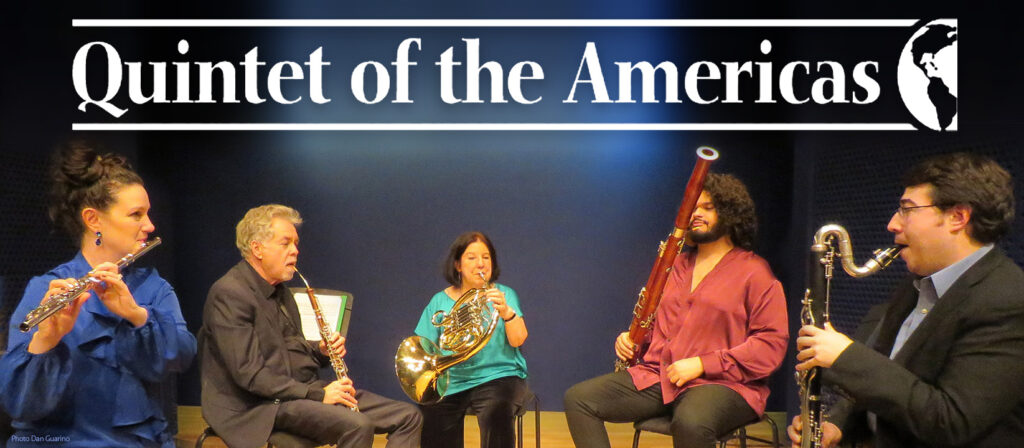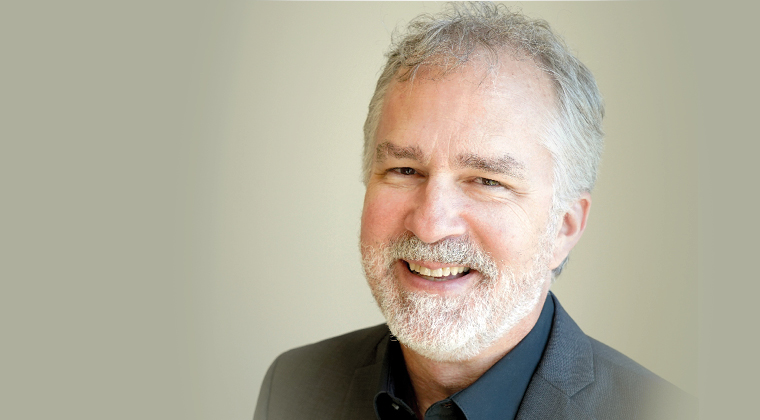Kukulkan III (2010)
I. Water Run (profane well)
II. Processional – Offering (sacred well)
III. Quetzalcoatal’s Sacrifice (The Greay Ball Court)
Epilogue: Kukulkan’s Decent (El Castillo – September equinox)
Program note by the composer:
Composed for Quintet of the Americas
Like many visitors to the ancient Mayan ruins of Chichén Itzá, I stood in awe before the temple of Kukulkan, the god-man known to the Toltecs and Aztecs as Quetzalcoatal or “Feathered Serpent,” and the Great Ball Court, imagining the exotic rituals that have taken place there. This work is a flight of fantasy that attempts to evoke the ritualistic character of some of the monuments found at Chichén Itzá, including:
Two cenotes, or wells (profane and sacred): The smaller profane well was used for every day needs, while the larger sacred well was used in worship, and offerings were continually made to it. Divers have retrieved skeletons and many ritual objects from its depths.
The Great Ball Court: The whole basis and rationale of Mayan sacrifice was the belief that the victom sacrificed was Quetzalcoatal himself, and by sacrificing the victim they were reenacting Questcoatal’s sacrifice at the beginning of time, thereby renewing creation. In one version of the sacrifice, Quetzalcoatal manifested himself as two persons: the twins Quetzalcoatal and Tezcatlipoca. In a ritual that took place at the beginning of time, Quetzalcoatal killed his twin, from whose body the world then emerged. At the end of significant time periods – at times when creation ran out of power – a ritual ballgame was staged at the ball field of Chichén Itzá. Each side incarnated the God Quetzalcoatal, one side as Tezcatlipoca and one side as the twin Quetzalcoatal. The losers – i.e., the players incarnating Tezcatlipoca, were then sacrificed. The Mayans believed that this sacrifice -as a repetition of the original sacrifice of Quetzalcoatal – would renew, and keep the world alive.
El Castillo: actually a huge solar calendar, the main pyramid of Kukulkan is a time temple that sheds light on the Mayan astronomical system. During the equinoxes, the shadow pattern of the pyramid’s steps seems to show a serpent climbing up the steps in March and down the steps in September.
Score $40 and parts (flute/piccolo, oboe, clarinet, bassoon, horn) set of parts: $80 available through composer’s website : http://pronovamusic.com
Contact for David Dzubay [email protected]
Born in Minneapolis and raised in Portland, Ore., David Dzubay earned a D.M. in Composition at Indiana University in 1991. He was also a Koussevitzky Fellow in Composition at the Tanglewood Music Center (1990), at the June in Buffalo Festival, and as co-principal trumpet of the National Repertory Orchestra in Colorado (1988, 1989). His principal teachers were Donald Erb, Frederick Fox, Eugene O’Brien, Lukas Foss, Oliver Knussen, Allan Dean, and Bernard Adelstein.
The recipient of many awards and commissions, Dzubay’s music has been performed by in the U.S., Europe, Canada, Mexico, and Asia by ensembles including the symphony orchestras of Aspen, Atlanta, Baltimore, Cincinnati, Detroit, Honolulu, Kansas City, Louisville, Memphis, Minnesota, Oregon, Oakland, St. Louis and Vancouver; the American Composers Orchestra, National Symphonies of Ireland and Mexico, New World Symphony, National Repertory Orchestra, and New York Youth Symphony; and ensembles including Le Nouvel Ensemble Moderne (Montreal), Onix (Mexico), Manhattan Brass, Voices of Change (Dallas), the Alexander and Orion String Quartets, the League/ISCM, Earplay, and the San Francisco Contemporary Music Players.
His music is published by Pro Nova Music, Dorn, and Thompson Edition and is recorded on the Sony, Centaur, Bridge, innova, Crystal, Klavier, Gia, First Edition, and Indiana University labels.
Dzubay is currently professor of music and director of the New Music Ensemble at the Indiana University Jacobs School of Music in Bloomington. He was previously on the faculty of the University of North Texas in Denton. In summers he teaches composition at the Brevard Music Center.
From 1995 to 1998, he served as composer-consultant to the Minnesota Orchestra, and during 2005-06, he was Meet the Composer/American Symphony Orchestra League Music Alive Composer-in-Residence with the Green Bay Symphony Orchestra.

